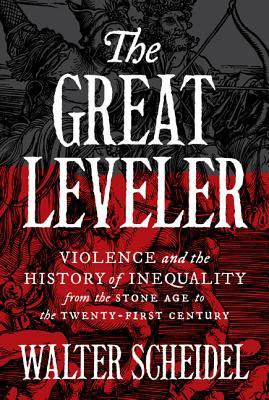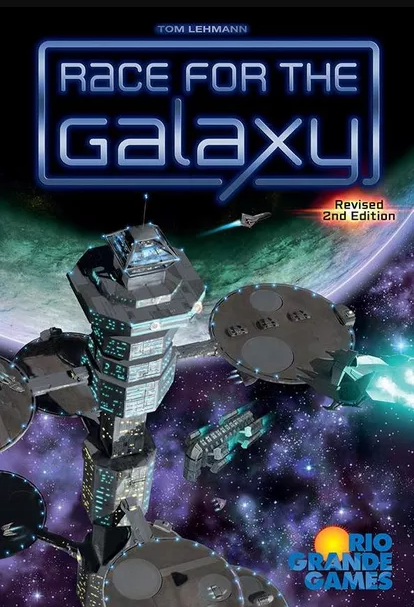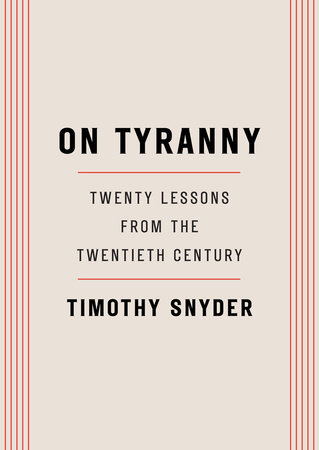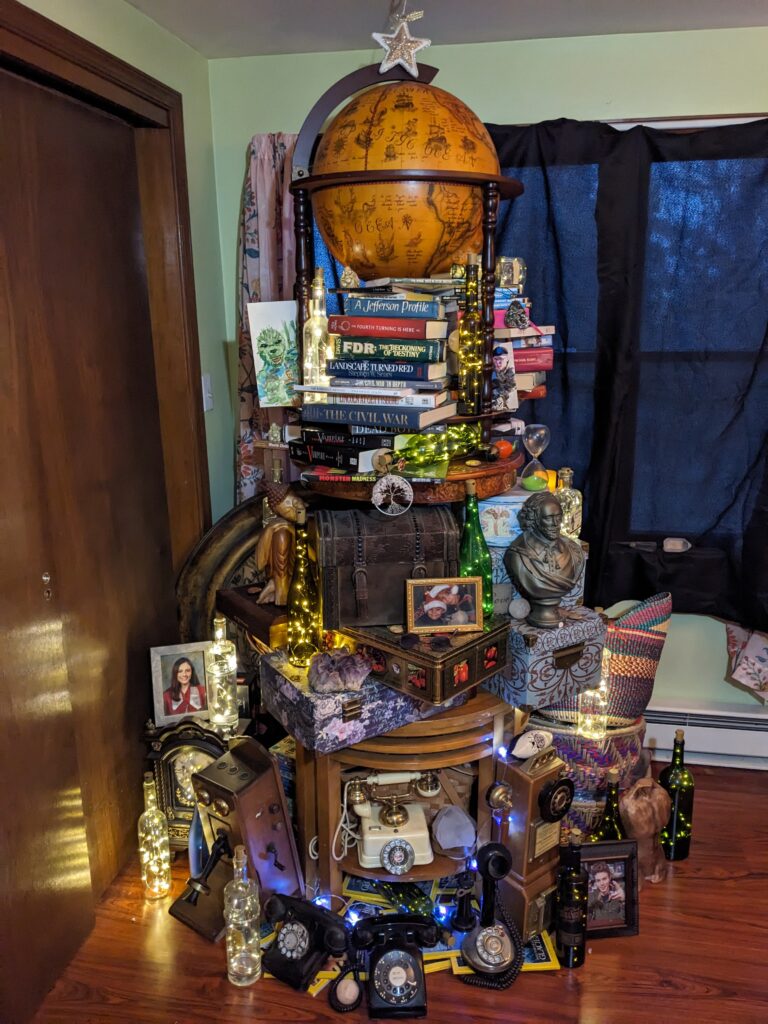Diversity in the Workplace – What Does It Mean?
This is a subject I have shied away from on this blog, because of its sensitivity. Recent political developments, however, make it a timely topic.
I’ll start by stating that I believe that when MAGA uses the terms “DEI” and “woke” as pejoratives, it is code for a racist desire to entrench white privilege. That is a big part of the MAGA agenda – somehow restoring the America of the past that was almost entirely white, with black people segregated in separate spaces, women in their place, and gays in the closet. It’s a hopeless cause, but not a difficult one to understand, as a basic reactionary movement.
Just look at the chart below, from a Pew Research study. In 1960, when America was still “great,” its population was 85% white. By 2050, it will be less than 50% white. This is the future that MAGA fears, and calls for mass deportation of “illegals” are an effort to recreate past American ethnic cleansing projects.

Unfortunately for the dreams of MAGA, demography has an inexorable logic – the numbers are baked in decades in advance. That’s what makes these projections possible. Any effort to reverse this trend significantly would be insanely expensive – materially, politically, and morally.
But then, if it’s inevitable that whites will lose majority status, do we need DEI in the long term?
I’ll note that “DEI” as a human resources concept encompasses way more than trying to manage or enforce racial and gender diversity in the workforce. It’s full meaning is beyond the scope of this post, and not something I have expertise with. What I do know is what it’s like working at a desk job, in the field of information technology, and I can share my own experiences and thoughts.
Let’s consider what might be the key complaint about valuing diversity in and of itself: that this goes against the concept of meritocracy. This is (goes the logic) how you get a “DEI hire” – someone who isn’t fully qualified for the job. During the hiring process, an allowance was made for diversity, and that shut out more qualified people who happened to be homogenous with the rest of the workforce. That is, white guys didn’t get hired because of DEI.
Here, I’ll let the Daily Show crew explain it. They’re so good at it:
Jon Stewart’s comment about resetting to factory default on the definition of competence (white guys are assumed to be the most competent) echoes what I’m saying about the MAGA agenda. But I can state, from my work experience, that there is no correlation between competence and either race or sex. I have met both competent and mediocre people of any race or sex in my career, and just figured out how to work with them. Honestly, I have never encountered any situation where there was a “diversity hire.” I have encountered nepotism, which also goes against meritocracy, but that’s another thing.
Granted, I have only worked in the private sector, and my range of personal exposure does not constitute a statistical sample size. But, to my knowledge, companies hire based on a balance of qualification and payroll cost (they have to hire within budgets). Again, it could be different in the public sector, where there have been affirmative action programs, though if you look at the history of affirmative action, that has been rolled back in our time (and I mean decades ago).
Affirmative action was described by Michael Lind as a “racial spoils system” designed to quiet the unrest of the 1960s. A small number of non-whites were allowed into the elite class (that is, they got good jobs) so that whites could remain on top of the heap without more civil rights agitation. Lind saw this as a perversion of the famous statement by Martin Luther King, Jr. about seeing through skin color, which Josh Johnson starts to quote in the video above. But affirmative action is in the past now, and is not what is meant when companies today institute DEI.
Now what I have seen at places where I have been employed is striking patterns in the racial composition of the workforce – more of a “racial caste system.” I’ll explain.
First, it’s noteworthy that in my field, Information Technology, there is a predominance of visa workers from India, a pattern that’s been going on since the mid-2000s. If you are a software person in the desk set, like me, you know what I’m talking about. At one company where I worked in the mid-2010s, the IT workforce was about 50% Indian and 50% white. At another, in the late 2010s, it was more like 80% Indian and 20% white! And I really mean that, of the workers who weren’t Indian (the Americans), almost all were white. There might be one or two African-Americans, or one Hispanic (do I count?), or one East Asian, but not enough to make up a significant percentage.
At the same time, among the staff who weren’t IT workers, the racial composition was much different. At the first company, the custodial staff was 100% Hispanic, and most barely spoke any English – they were obviously outsourced immigrants from Central America, on work visas. The security staff and the cafeteria workers were about 50/50 white and black, clearly recruited from the less educated local workforce. At the second company, which was in a different city and state than the first, the custodial staff also included women from Eastern Europe (judging by overhearing them talk). Meanwhile, the security staff was 100% African-American. They were impeccably dressed and incredibly professional – the company that handled security was a locally owned African-American business with a strong work ethic.
Where did these stark contrasts in the racial make-up by position type come from? Was there some hidden racial quota system? Were the hiring managers all racists? No, I don’t think so. Rather, these companies were hiring from specific pools of workers, which happened to have specifc racial profiles. Custodial service jobs are particularly low-paying, and so the positions were filled by immigrants on visas – immigrants from the world’s poorer countries. Other semi-skilled jobs got filled from the local population, so that workforce had a racial make-up that matched that of the locals.
And the skilled IT jobs? Well, those hired out of an available pool of college degreed professionals with very specific skill sets. I have talked with IT hiring managers who say they want to hire Americans if possible, but just don’t get enough applicants. So when tech execs complain that they need more H-1Bs to fill their open positions, they are not making this up just to save money.
The fact is, India has trained a huge cadre of young professionals in software engineering, and the United States has not. And most of the U.S. software professionals are white, either because that’s who can afford college, or because for some reason whites are more drawn to software engineering than other races. At least that’s what it looks like from my perspective.
For the most part our economy is meritocratic, and DEI frameworks don’t change that. Meritocracy itself leads to the patterns of race in the workplace that I have noted – a sort of race-based caste system that emerges because of the opportunities available to different groups of people based on where they were born. This is the main driver of “diversity” as I have encountered it in the workplace.
On the job, everyone gets along just fine, no matter their race. But, of course, everyone is on their best behavior, because everyone wants to stay employed and maintain their income. Secretly, people might be harboring resentments, and expressing them at the ballot box.
If it really is a goal to eliminate the need for visa workers, and to have a workforce that evenly reflects the native-born population in terms of racial makeup, then I have some specific policy proposals. That would be to raise the minimum wage, and to tax the rich and use the money to educate the poor. That should include free college education options. But of course, all this would only have an effect in the long term, and none of it is part of the MAGA Project 2025 agenda anyway. They just want to bring back white power – but time is working against them.







